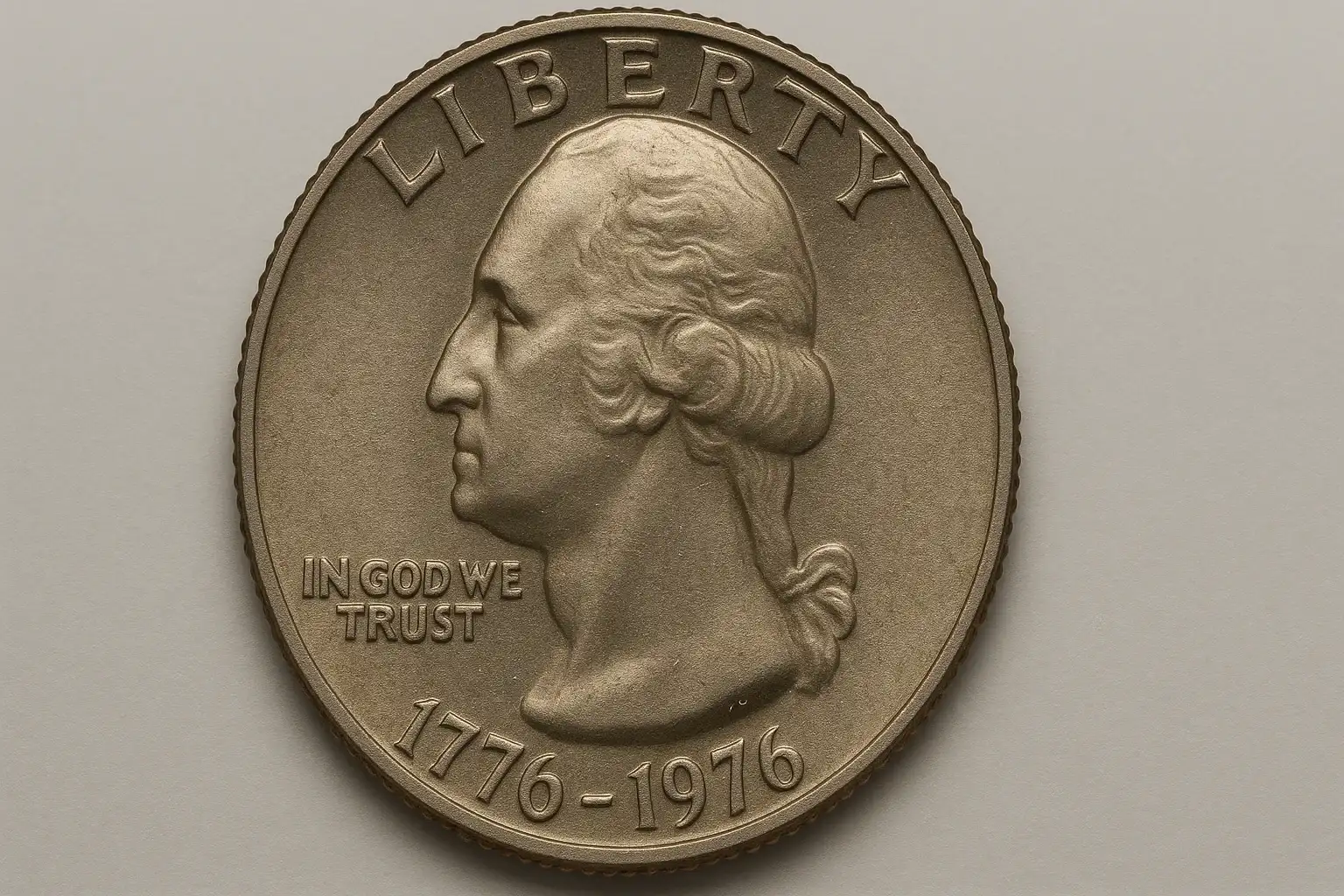How Professionals Evaluate Coins? A Close Look at the Numismatist’s Job
Numismatists are central in maintaining accuracy, confidence, and historical preservation in the world of coin collecting. Their expertise is broad, blending analytical skills with historical knowledge and careful observation.
But what is the real work, qualification, and possible cases when you have to address a numismatist? Find out when professional input is necessary and when you can just use a coin identifier app to improve your knowledge.

Primary Responsibilities of a Numismatist
The work of a numismatist begins with authentication, which is the process of proving that a coin is genuine through checking its mint marks, design details, weight, edge style, and overall composition. Counterfeits are amazingly convincing, and this step is one of the most serious parts of the job.
Once authenticity has been verified, grading becomes the next responsibility. Professionals grade condition according to the Sheldon scale, 1–70, considering luster, strike depth, and preservation, along with any apparent wear. Even small differences can make a big difference in value, so the careful grader needs to be both precise and consistent.
Grading is followed by valuation, whereby the numismatist considers:
Rarity
Historical or cultural significance
Market demand
Recent sale comparisons
These elements then work together to arrive at a fair and current market value, not a general estimate.
Finally, many numismatists deal with documentation, especially when working with certification services like PCGS or NGC. They give written assessments and make sure coins are recorded correctly for things like collection catalogs, insurance, or sales.
Environment and Tools
Numismatists often work in controlled, well-lit environments to ensure accuracy. Optimal lighting, temperature, and storage conditions are part of the protocol to preserve the coins and reveal even the finest characteristics during evaluation. Specialized tools, like precision loupes, weighted scales, and calipers, support the examination process and ensure measurable accuracy.
The Detailed Evaluation Process
The process of evaluation by a numismatist is very deliberate and structured. Every step brings out different levels of information about the coin.
1. Visual Inspection
The process starts with a close visual examination. With the use of a good 5x to 10x loupe or, where required, a microscope, the numismatist looks at:
Strike sharpness — how cleanly the design elements were transferred from the die.
Mint luster — the natural surface texture produced during minting.
Wear patterns — especially on high points such as facial features or shield crests.
Surface marks — scratches, dents, cleaning streaks, environmental damage.
Signs of alteration — including added mint marks or artificially brightened surfaces.
This stage is about understanding the coin’s history of handling and preservation.
2. Physical Measurements
The numismatist then checks the coin's weight, diameter, and thickness with the following instruments:
Tool | Purpose | Precision Needed |
Digital Scale | Confirms weight accuracy | 0.01 g resolution |
Calipers | Measures diameter & thickness | 0.1 mm precision |
Edge Inspection Ruler | Checks reeding & alignment | Visual precision |
These measurements are compared with official mint specifications; even slight inconsistencies may indicate forgery or tampering.
3. Composition Analysis
For coins with precious metals, authentication is typically done by testing the composition of the metals. Some numismatists also use XRF or spectrometers to confirm the purity, especially of gold and silver coins, to be certain the metal content matches what the coin should contain.
4. Historical Context Assessment
Once physical characteristics are verified, the numismatist accesses:
The mint origin of the coin
Its mintage numbers
Known varieties or die versions
Notable market trends
This contextual insight is where the real value of expertise comes in. A coin may look exactly like thousands of others but be valuable because of some variation in its die, a limited production run, or association with a historically significant period.
5. Collaboration and Verification
Professional evaluation is seldom performed in a vacuum. Numismatists confirm any findings through other professionals to provide uniform grading, particularly of the higher-value submissions. The object here is to eliminate bias and retain market confidence.
This collaborative verification is one of the reasons why certified grading carries weight in auctions, private sales, and insurance documentation.

The Worth of Professional Knowledge
Condition assessment is not the only work of a numismatist; their evaluation influences:
Collector confidence in buying and selling
Auction pricing and bidding behavior
Long-term preservation decisions
Museum and educational records
They act as analysts, historians, and custodians of monetary heritage. Their analyses protect collectors against fake markets and ensure that coins are represented correctly in trade.
How Digital Tools Support Modern Numismatics
While professional evaluation remains the highest standard, digital tools nowadays help to bridge knowledge gaps and make everyday work easier.
One very useful resource is the Coin ID Scanner app itself, freemium, Android and iOS. It supports both the newcomer and the expert in several ways:
Photo-based identification connects images to detailed coin records.
Data cards include: year range, country, composition, diameter, weight, and edge type.
Estimated price ranges update the understanding of live market value.
Digital collection features allow tracking of holdings and note organization.
The AI Coin Helper helps interpret subtle variations or uncertain classifications.
A database of over 187,000 coins worldwide gives solid international context.
Professionals might still use microscopes and grading labs, but digital tools have simplified early research, comparison, and documentation.
Practical Advice for Collectors
Understanding the process that the numismatist goes through teaches collectors how to evaluate coins more thoughtfully. A few habits go a long way:
Handle coins carefully by the edges only.
Avoid cleaning coins in order to preserve original surfaces and value.
Compare multiple references before assuming rarity.
Have coins that seem unusual, high-grade, or historically significant professionally graded.
Keep organized records to support any future valuation or sale.
They are not just graders; they are interpreters of history and precision observers of detail. Through their work, authenticity and value within the collecting community are safeguarded.
Digital tools like the Coin ID Scanner app continue to get more sophisticated, and professionals and hobbyists alike have reliable support. The result is an informed, confident, and connected collecting experience that respects the past while embracing modern tools to preserve it.



